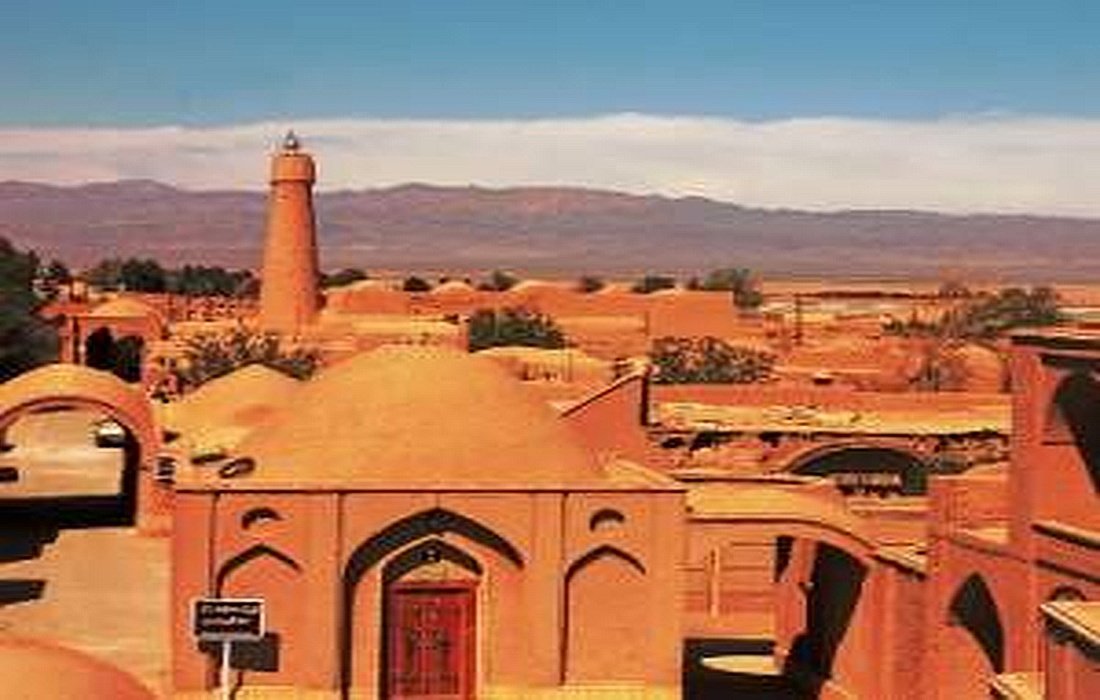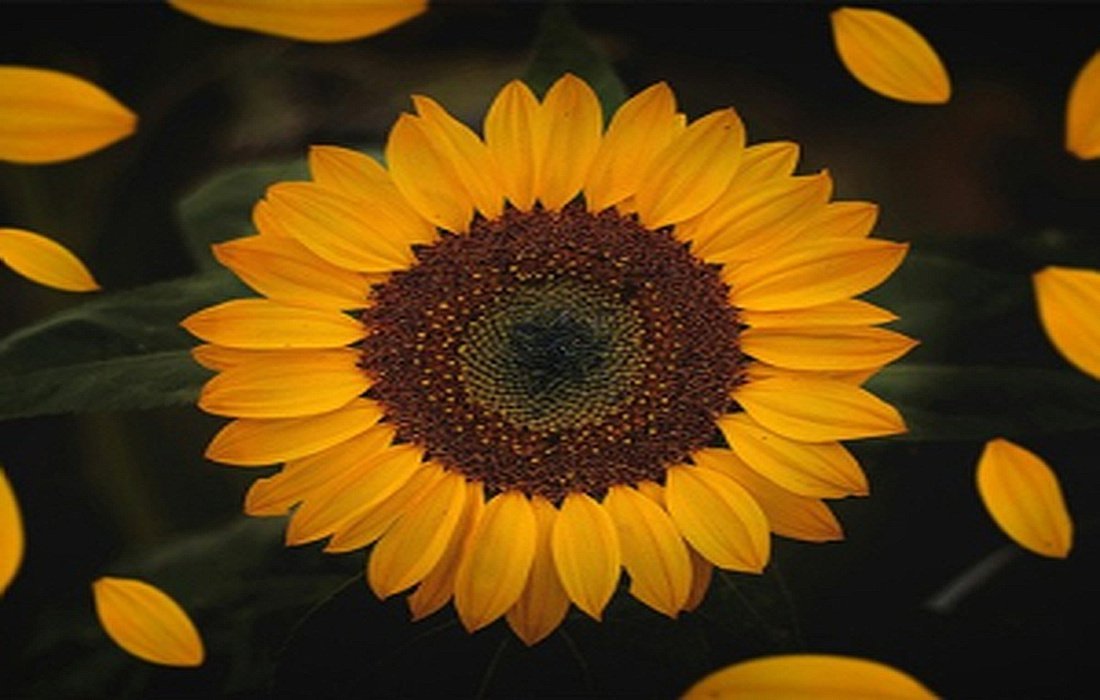Introducing Fahraj: An Amazing Tourist Village in the Heart of Yazd Desert
Villages in different regions, whether nestled in rocky mountains, lush northern forests, or even the scorching southern desert, are full of life and boast unique residents and visitors. Join us in this interesting piece to explore the historic Fahraj Village in Yazd Province. This village is located 22 kilometers southeast of Yazd along the Yazd-Bafq road. It has a semi-arid climate, standing at 1270 meters above sea level, and is bordered to the northeast by the Chelteh Mountains.
The History of Fahraj Village
The history of Fahraj Village dates back to before Islam, with remnants that remind us of its historical past. The ancient Jameh Mosque of this village is considered one of its old landmarks, originating from the pre-Islamic era. Interestingly, many sources indicate that this village is around five thousand years old and was an ancient gateway, one of the four main parts of the historical old city of Yazd.
Name Origins
The name of this village also dates back to before Islam; it was originally called “Farafar,” which later changed in the 4th and 5th centuries Hijri to “Pahrasht” or “Pahre,” and eventually became “Fahraj.”
The local dialect of this village is Yazdi, but they speak Persian. The majority practice Shia Islam.
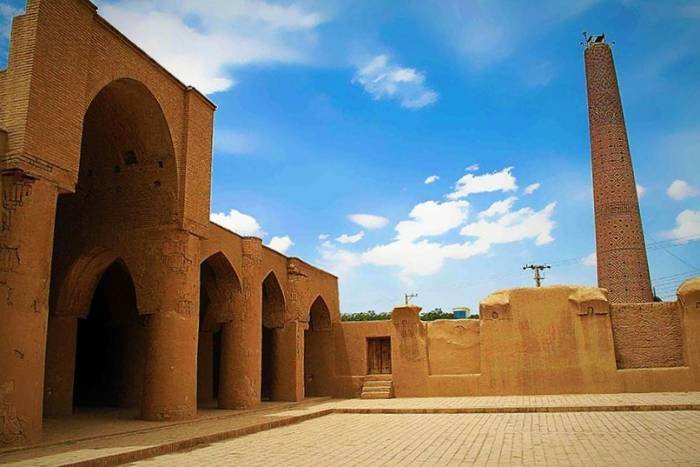
The Economy of Fahraj Village
The main occupations of the people in Fahraj Village include gardening, agriculture, mining activities, and animal husbandry. This village is particularly notable for its impressive greenhouse farming, serving as a model for other villages. Major crops include,pistachios, wheat and barley,apricots,,peaches,plums, andgrapesare the main agricultural and gardening products of Fahraj Village.
Animal husbandry is also significant in Fahraj Village, where various meats and dairy products are available. Spinning and carpet weaving are other activities pursued by the villagers.
The residential area has a semi-concentrated layout, arranged linearly along the access road, and features homes built from mud, bricks, iron, and clay in this desert village.
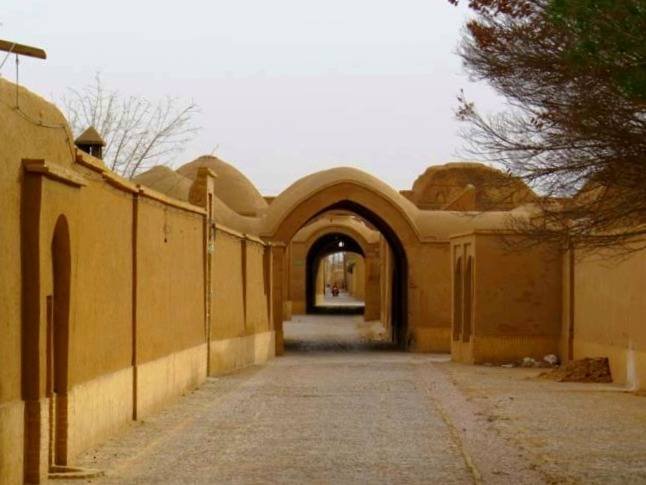
Tourist Attractions of Fahraj Village
This village boasts many historical sites featuring traditional and stunning architecture, showcasing the essence of a desert village. Continue reading as we introduce you to the most important historical attractions of this village.
Hosseiniyeh Water Reservoir
The Hosseiniyeh Water Reservoir dates back to before Islam, where ceremonies called “water sanctification rituals” were held around it. The reservoir was used even before the arrival of Islam, with a stone inscription in the Naskh script at its entrance reading:
In the name of God, the Most Gracious, the Most Merciful. Dedicated by the noble Muhammad Javad, son of the late Abutorab Bafqi, all twenty-five mulberry trees planted in Fahraj Village, for the garden of mortuary, where believers and Muslims consume it, and to grant the reward of it to the soul of Shah Najaf, Shah Shahid, Imam Gharib, and Abbas.
The Historic and Scenic Martyrs of Fahraj Collection
This historic site houses multiple historical buildings. Several companions from the early days of Islam are buried here, having died during the events at the end of the reign of Yazdgerd III and during the Muslim invasions. This site is located 2 kilometers from Fahraj Village and includes various historical structures in Iran. Some tombs date back to the pre-Islamic period. The complex features three courtyards.
A dying ancient cypress tree stands in one of the courtyards, damaged due to the drying of the Maryam Abad qanat. In one of the building’s rooms lie the graves of several casualties. Interestingly, this clay and brick structure once served as a lavish school, likely transformed into a khanqah in the 9th and 10th centuries Hijri. The discovery of turquoise and green glazed tiles indicates that the interior and exterior of this building were once adorned with beautiful tile work and Quranic inscriptions.
Ali Gvandi Mosque (Alaqbandi)
This historic mosque features unparalleled plasterwork, though unfortunately, it is now merely in ruins.
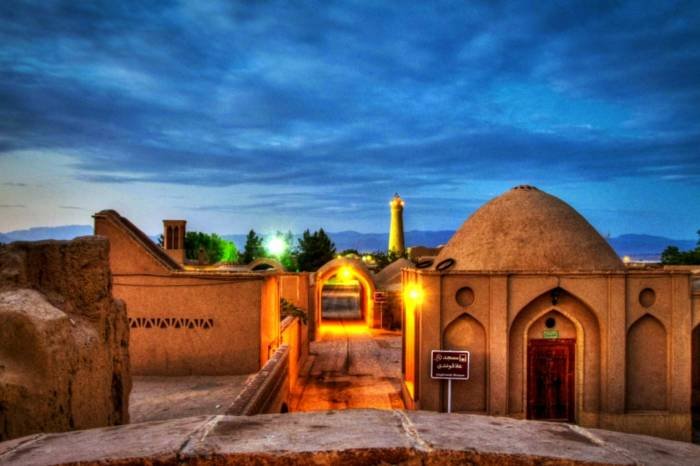
Fahraj Desert Camp
Thanks to the establishment of this desert camp, enthusiasts of the village and desert exploration can enjoy dune bashing and other activities. The camp offers amenities such as meals, a buffet, restrooms, charcoal tea, and recreational activities like ATV rides, camel riding, and safaris, providing thrilling experiences for visitors.
Jameh Mosque of Fahraj
This large mosque features two summer and winter prayer halls. One of its main characteristics is the mud minaret, visible from a distance; ornate architectural decorations are reflected in its sophisticated plasterwork and lofty ceiling, complemented by strong, massive columns inside.
This mosque dates back to the first half of the 1st century Hijri, and its original structure is one of the remnants from the Sassanid era that transformed into a mosque with the arrival of Islam (during the rule of Umar).
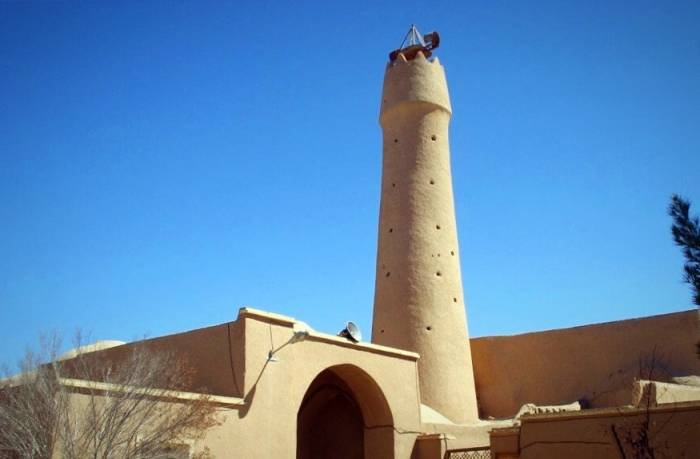
Alaqbandi Takyeh
The remaining signs of this historical site date back to the 1st century Hijri, and it remains abandoned.
Fahraj Castle
Fahraj Castle boasts a beautiful and stunning view, and it is thought to date back to the 10th and 11th centuries Hijri.
Customs and Traditions of Fahraj Residents
As the residents of Fahraj Village are Shia, they hold various religious ceremonies. During Ashura, villagers perform traditional rituals of Nakhl Gardi (carrying the palm) and rope pulling, which are among the highlights of these days. In this village, music holds a special place among its residents, with wind instruments and others resemblingthe setarenjoying widespread popularity, and local music is played during various ceremonies of joy and sorrow.
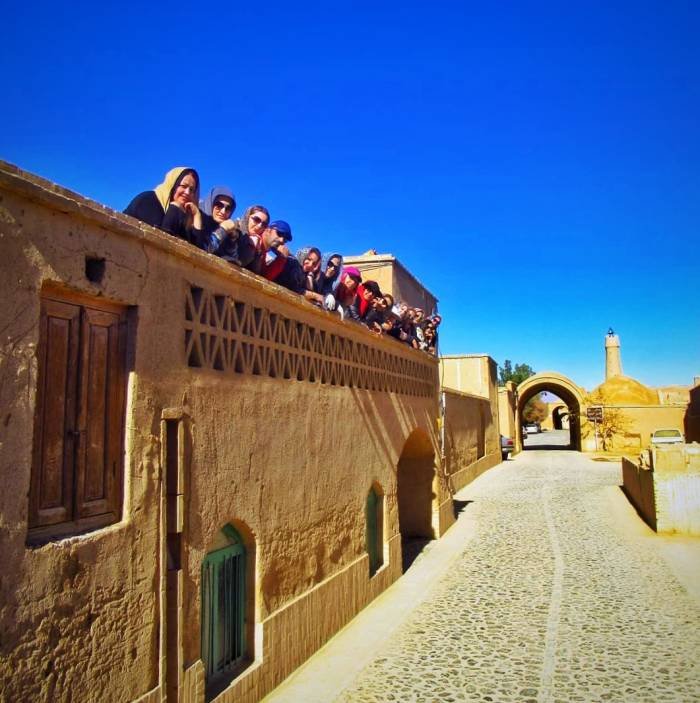
Anthropology of Fahraj Village
Diverse clothing is worn by the people of this village. Most wear Yazdi turbans. Colorful Termeh and wide pants are common attire for the women and girls of Fahraj.
Various types of carpets, designed in styles from Khorasan and Kerman, are some of the handicrafts of Fahraj Village, with nearly 600 weaving looms present. Weaving, spinning, and producing sacks and tarpaulins are also prevalent among the villagers.
Local dishes such asbarley soup, mung, andsoupare among the common foods consumed in this village. Preparing hot and cold beverages with natural and medicinal plants, such assharbat khakshir, shatter, and teathymeare other practices of the village’s inhabitants.
The Best Time to Visit Fahraj Village
The optimal time for visiting Fahraj Village relates to its climatic and geographical conditions. The months of Mehr and Aban, as well as spring, are the most suitable times to travel, as mild sunshine and pleasant temperatures prevail during these periods. As previously mentioned, this village provides amenities such as a desert camp, gas station, and postal bank, which can significantly influence your choice. Given that Fahraj Village is close to Yazd city, we recommend visiting during the early morning hours before it gets dark, allowing you to see all the village’s attractions without encountering darkness on the return trip.



